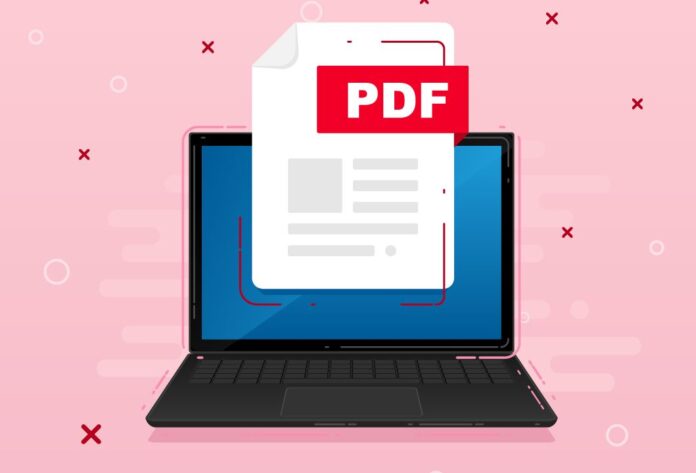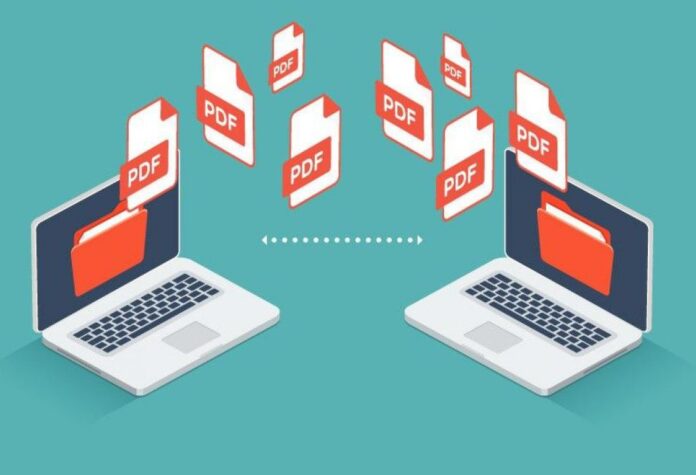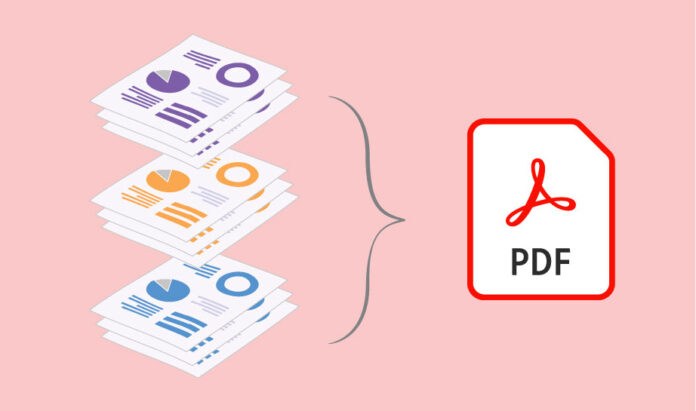The use of PDFs is a daily thing for anybody working within an industry that’s frequently exchanging documents between their employees or one that they’ve climbed decently far into. With PDFs, we get the benefits of smaller file sizes and easier storing of multimedia documents. However, what we trade for that is the versatility of the document itself. To open a PDF file, we need a viewer dedicated to it.
If we wanted to go even further and edit them, there’ll be additional software to utilize on top of that. The way they function can also make it hard to figure out how to properly organize and optimize files within PDF file format. That’s why we’ve decided to look into some commonly present and important ways you can optimize, organize, and edit your files.
How to organize PDFs?

If you are using Adobe software, you have a decent amount of options when it comes to organizing your whole PDF. They can help with simpler actions you’d require to take care of.
The first capability you’ll be given, which is also one that a lot of other software have, is arranging pages. Simple arrangement and changes for PDF files are a given, otherwise we’d have to do a lot of troublesome work to convert the PDF into other document types, do the changes and then return to PDF.
Arranging pages includes using a simple drag and drop system that allows you to choose the order of your pages. The pages are all listed as thumbnails on the software’s interface so it’s rather easy to change the order.
With this feature, you’ll be fine even if you do screw up the order when converting the document or if you need to apply some new changes to the original document.
It’s also possible to change pages as you see fit, reordering them to best suit your needs. It doesn’t matter what the nature of your reordering need is, it’s going to get filled out in no time with this option available to you as a user. Any other sort of effects you may need are included in the reordering process, this additionally includes deletion of pages and organization of them.

The manipulation of your files needn’t stop at the last few features. In fact, it can get quite a lot deeper. When it comes to PDFs, and documents in general, there are times where we will simply forget to insert something into them or require that it be added later. In these situations, there can be a lot of additional hassle surrounding the process.
Of course, if we were able to directly insert the files with no issue the extra work would be quickly resolved. That’s exactly what the next function does, allowing us to drag a file directly original document to merge it with the PDF. It’s rather simple and will result in a changed document in a matter of seconds.
Editing the document in more significant ways is another approach we can do to organize our documents. There could be pages that got left behind yet shouldn’t be in the document or some which are being removed with recent changes to the document. Without a proper function to rely on, we would have to go back and forth between formats again to achieve this simple function.
After all the editing and organizing have been done, we will have a properly sorted file to use whenever we need it. The file itself can get even further refined though. Not only are we able to configure it fully to our needs through these previous features, we can also optimize its traits.
How to optimize a PDF

The small size of the PDF has become one of its greatest selling points but sometimes the base size isn’t enough when it comes to compression. It could also not fit in certain online service’s limit for file sizes and thus create issues with the overall process of sending and receiving PDF files. That’s why we have ways to optimize the size and process when using PDFs.
This optimization is done through the compression of files. The compression is frequently simple, with the only requirement being a few clicks that’ll decide how much the file will get compressed. Even online, we have access to compression software that can be used for PDFs one such being AnyPDF. The way compression works with Any PDF is that you select a PDf that you wish to reduce, or drag it into the upload area.
After that, you set the compression level for the file. The highest possible compression will mess with the actual quality of the components of the file while the lowest one doesn’t provide enough of a change. What we, as well as many other services and users, recommend is picking the default setting. This setting is even titled optimal in AnyPDFs case so you can bet it’s the best way to go.
When the file has been compressed, you needn’t do anything more but download the file that you’ve compressed. It will be saved on your device in its optimized state.
By optimizing our documents, we save space in the long run. On top of that, the quality remains properly maintained when we choose the correct options during compression which makes the whole process a fruitful one to pursue.
Conclusion

As we’ve seen, the use of various provided tools allows us to achieve much better organization and optimization within our PDFs. The PDF itself has so many ways in which it can be altered, these were just some of the key examples that also affect the two presented aspects of PDF editing the most.
Don’t forget to use available software, especially software that integrates as many features as possible, to give yourself the widest number of choices when working on PDFs. We hope the previous ones will prove useful as a start but encourage further exploration. After all, even if you find two similarly useful software solutions, one could inch the other out by simply feeling more intuitive to use.




